This article is over 9 years old and may contain outdated information
[showhide]It’s always fun to take a look back and see the history of gaming. Seeing the past has a way of letting us see the present clearly. Let’s take a look at when the last game for each console released, as well as which one it was. Some game consoles have longer legs than others, of course.[/showhide]
Recommended Videos
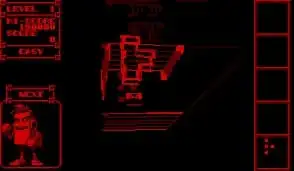
Nintendo Virtual Boy (1995) - 3D Tetris (1996)
To say that the Virtual Boy concept was short-lived would be a massive understatement. Nintendo's first venture into virtual reality ended almost as quickly as it began. After it's launch in 1995, developer support for the console didn't even last a year with 3D Tetris being the last game to release for the Virtual Boy after only 8 months on the market.
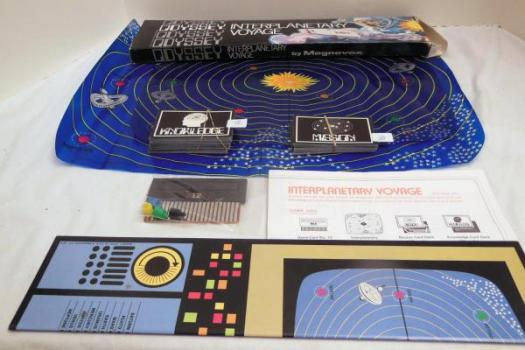
Magnavox Odyssey (1972) - Interplanetary Voyage (1973)
The Magnavox Odyssey is considered the first home-console. It is also one of the shortest-lived consoles to ever be released with its successor, the Odyssey 100, launching less than 3 years after the original became available. Interplanetary Voyage was the last of 12 cartridges released for the console in 1973. In this title, players would guide their dot to different planets, on which they would have missions they would attempt to complete within a certain number of moves.
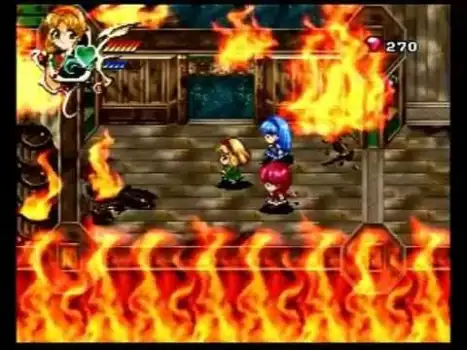
Sega Saturn (1995) - Magic Knight Rayearth (1998)
Magic Knight Rayearth was the last game to be released on the Sega Saturn in North America. However, it was the localization of a Japanese game that released 3 years prior. Based on the manga of the same name, Magic Knight Rayearth was an action-RPG in which the players controlled a band of three 8-year-old girls. Each character could be controlled in combat, but only one character could participate in a battle despite the other two characters always being present. The game marked the end of a console that struggled to find a foot-hold in the North American market, being discontinued in 1998. The Sega Saturn held on for two more years in Japan.
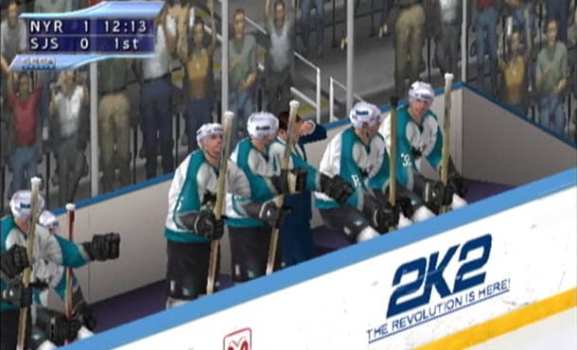
Sega Dreamcast (1999) - NHL 2K2 (2002)
The Dreamcast was Sega's next and final attempt at a home console. Designed to be more affordable than the Sega Saturn, the Dreamcast was an initial success in the North American market. However, after a sharp decline, production of the console was discontinued in 2001. The last game to release for the beleaguered console was NHL 2K2 in 2002. Oddly enough, the game is considered to be one of the better hockey games to ever release on console.
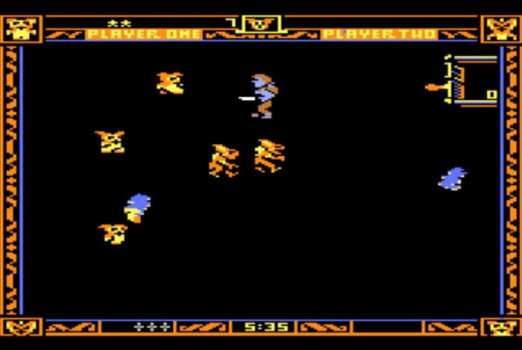
Atari 5200 (1982) - Gremlins (1986)
The last game for the Atari 5200 was actually developed and released before the last game for its predecessor, the Atari 2600. The 5200 failed to excite owners of the previous generation to upgrade as many of the games released were moderately upgraded versions of Atari 2600 games and the controller was considered too sloppily designed. It was discontinued after just two years on the market. Gremlins, one of the many licensed games released in the 1980s, was the last game to be released for the Atari 5200. Though another version of the game was released on the Atari 2600, the updated version was vastly different and is considered by most to be superior. The game was originally set to release alongside the film in 1984, but was delayed two years due to Atari's restructuring.
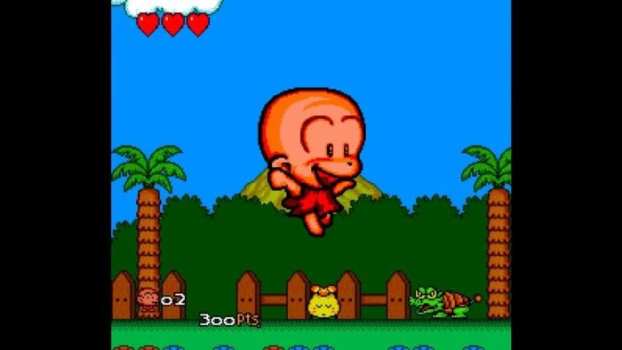
NFC TurboGrafx-16 (1989) - Bonk III: Bonk's Big Adventure (1993)
The NFC TurboGrafx-16 was a powerful home console that sold moderately well in Japan and some European markets, but failed to take off in North America. When the console launched in New York and Los Angeles test markets, it carried a price tag of $399 ($766 in 2016). Red Company developed the last game to release on the expensive console, Bonk III: Bonk's Big Adventure. The game was the first in the series to feature cooperative multiplayer alongside its steadily excellent gameplay mechanics.
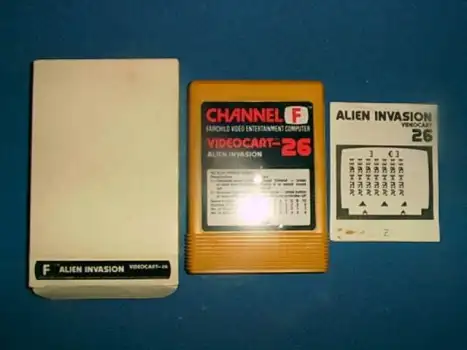
Fairchild Channel F (1976) - Alien Invasion (1981)
The Fairchild Channel F console lays claim to many firsts in the industry. It was the first console to use a microprocessor and the first to use programmable ROM cartridges. Graphically, it was a primitive system, but the processor allowed games to feature computer AI, another first in the industry. Alien Invasion was the last of 26 cartridges released for the console in 1981, and served as the console's standard Space Invaders knock off. Rows of aliens would attempt to reach the bottom of the screen while the player attempted to keep them at bay by blasting them out of the sky.
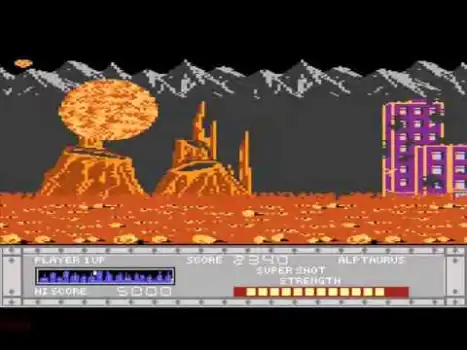
Atari 7800 (1986) - Sentinel (1991)
After the relative failure that was the Atari 5200, Atari announced the 7800 model in 1984 as a response to the growing competition from the ColecoVision and ultimately the Nintendo Entertainment System. The console was supposed to launch that same year, but was delayed two years after the sale of the company. Sentinel, a light-gun game in which the player is tasked with protecting The Sentinel, launched on the Atari 7800 in 1991. The Atari 7800 production wasn't discontinued until the following year on January 1, 1992. Atari continued developing games like Toki until 1993, but these games never came to market.
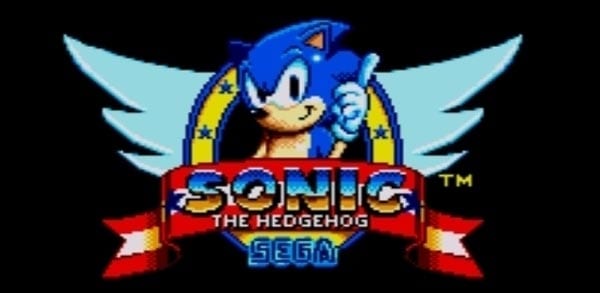
Sega Master System (1986) - Sonic the Hedgehog (1991)
Sega went toe-to-toe with the Nintendo Entertainment System when they launched the Sega Master System in 1986. Like the Atari 7800, the Master System got lost in Nintendo's wave of success, selling 125,000 units compared to Nintendo's 1.1 million in North America. Even after reacquiring the marketing and distribution rights from Tonka and redesigning the console to be more affordable, the Master System just never took off. In 1991, Sega's mascot, Sonic, made his debut in Sonic the Hedgehog. The release marked the end of development for the Sega Master System.
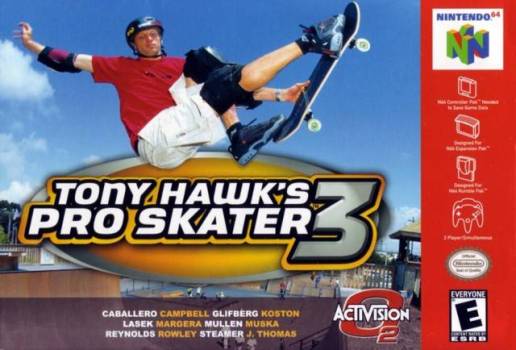
Nintendo 64 (1996) - Tony Hawk's Pro Skater 3 (2002)
The Nintendo 64 continued the Japanese companies tradition of releasing solid, in-demand consoles. Following the success of the NES and SNES, the Nintendo 64 offered a great, if limited, library of games. The Nintendo 64 was historically difficult to develop for, and as a result it is the first Nintendo console to appear on this list. The famously black cartridge of Tony Hawk's Pro Skater 3 was the last game to launch on the N64 six years after its release. The over-the-top skating game which featured addictive gameplay and an amazing soundtrack found its beginnings, and arguably its hayday, on the 5th generation hardware.
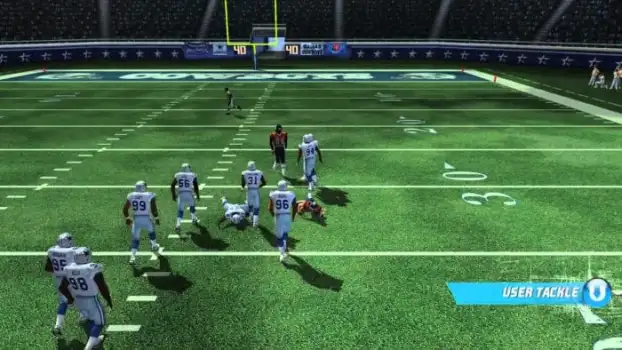
Nintendo GameCube (2001) - Madden NFL 08 (2007)
Other than the troubled WiiU, the Nintendo Gamecube is the worst selling Nintendo console of all time. As a result, software support was short-lived. However, the GameCube's library is far more extensive than its predecessor, the Nintendo 64. Nintendo ceased production for several months in 2003 as they built up a significant stock of unsold units. After dropping the price to $99, the console rebounded for a short time before being permanently discontinued in 2007. Madden NFL 2008 was the last of over 600 games developed for the GameCube, the first Nintendo Console to feature an optical drive.
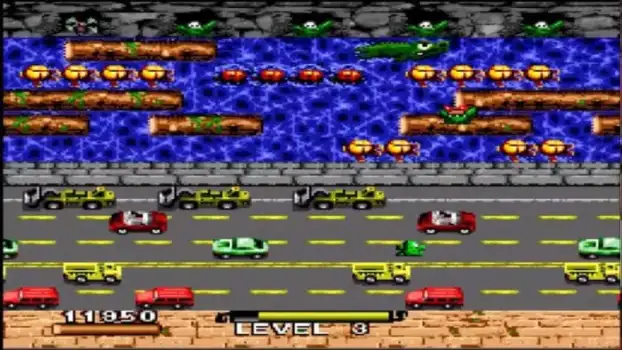
Super Nintendo Entertainment System (1991) - Frogger (1998)
Nintendo looked to build on the success and momentum it created with their original console release with the SNES. Featuring improved graphic and sound capabilities, the SNES was a huge success becoming the best selling 16-bit console of the generation despite the Sega Genesis having a two year head start. The last challenge for SNES owners, try to guide a frog through traffic. Hasbro released the final game for the SNES in 1998 with a port of the original arcade version of Frogger.
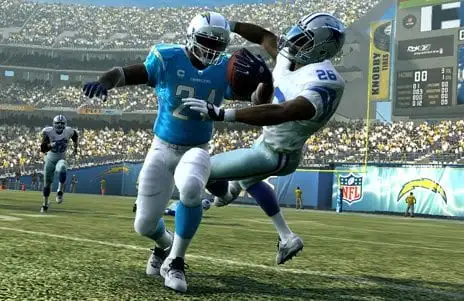
Microsoft Xbox (2001) - Madden NFL 2009 (2008)
In 2001, Microsoft released the first American-made console since the Atari Jaguar, the Xbox. The original Xbox was a critical and commercial success on the back of its storied Halo franchise and first successful foray into online multiplayer. Madden makes its second appearance on this list, continuing to develop on the original Xbox a year prior to the consoles discontinuation.
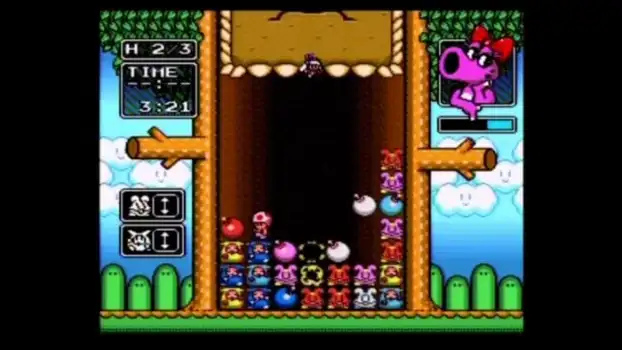
Nintendo Entertainment System (1986) - Wario's Woods (1994)
When the Nintendo Entertainment System launched in North America in 1986, it had to overcome the hurdle of the great video game market crash of 1983. In order to do so, Nintendo distanced themselves from the word "video game," instead launching simply as an "entertainment system." The shift worked and the Nintendo Entertainment System was a global success that set the future for the video game industry. The NES enjoyed a long life-cycle with its final game, Wario's Woods, releasing in 1994. Wario's Woods is a puzzle game similar to Sega's Dr. Robotnik's Mean Bean Machine in which players attempt to clear a board full of monsters by dropping a colored bomb matching the monsters they are attempting to destroy.

Sega Genesis (1989) - Frogger (1998)
The Sega Genesis was significantly more successful than its predecessor, the Sega Master System. Behind a marketing push that sought to establish the Genesis as the cooler console to own, Sega never overcame the SNES in terms of sales, but it did find its own slice of success in the 16-bit era. No, this is no mistake. The same version of Frogger that closed the curtain on the SNES was also the final game developed for the Sega Genesis, 9 years post-launch. The Genesis version is considered to be the closest, graphically, to the arcade version of the game.
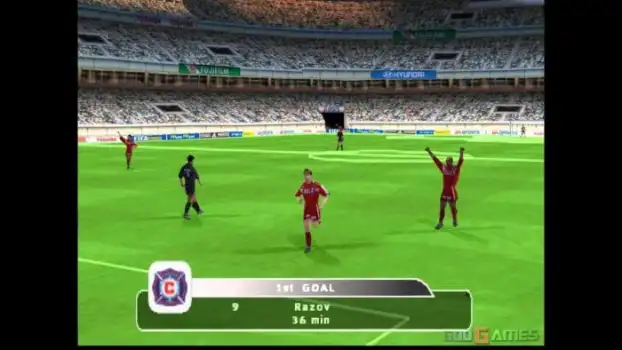
PlayStation (1995) - FIFA 2005 (2004)
Sony found immediate success when they launched their first console in 1995 becoming the first console to ship over 100 million units. The game touted amazing 3D-graphics, a comfortable controller with an equally inventive redesign in the original DualShock, and an incredibly diverse library of games. EA, again continued to develop sports titles for the wildly popular console years after its successor, the PS2, came to market. FIFA 2005 launched in 2004 and marked the end of the PlayStation's lifecycle.
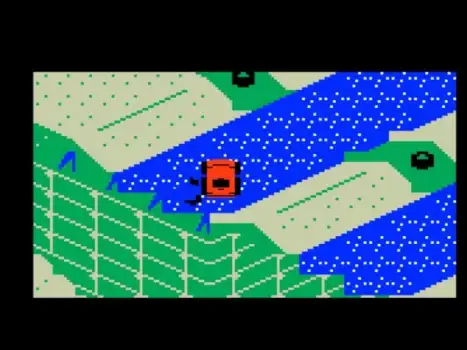
Mattel Intellivison (1979) - Stadium Mud Buggies (1989)
The Atari 2600's main competitor, the Mattel Intellivision, launched in 1979. It featured 16-bit microprocessor which makes it the first 16-bit console. It was also the first console to feature downloadable games via Cable TV which would disappear when the console was powered off due to its lack of internal storage. The Intellivision was a victim of the great video game marketing crash of 1983 as it layed off a slew of developers. The final game released for the console was Stadium Mud Buggies, a 1 to 2 player racing game in which players would launch over jumps, avoid stalling, and throw mud over their opponents. The game also allowed players to simply watch the computer race itself.
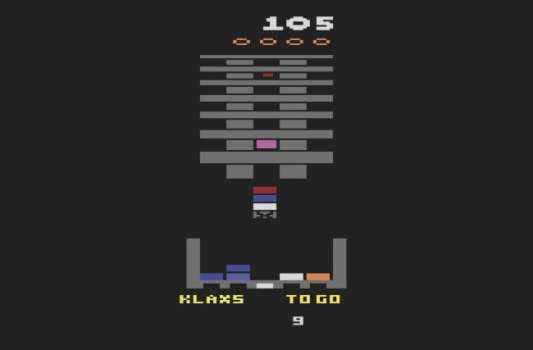
Atari 2600 (1977) - Klax (1989)
The Atari 2600 was by far Atari's most successful console. Building off the architectural advances made by the Fairchild Channel F, Atari used it's brand-recognition from pong and popularized the use of microprocessing in home gaming consoles. All-in-all the Atari 2600 sold over 30 million units. 12 years after its initial release, the final game developed for the Atari 2600 launched, Klax. The puzzle game was originally released as a coin-op successor to Tetris. A conveyor belt containing colored blocks continually rolls towards the player as they attempt to stack them via color either horizontally or vertically to form a "Klax."
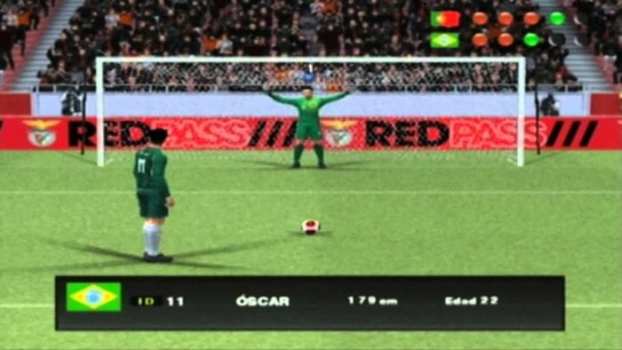
PlayStation 2 (2000) - Pro Evolution Soccer 2014 (2013)
Following up the commercial success that was the PlayStation 1 seemed to be a nearly impossible task, but Sony bested their original console when they launched the PlayStation 2. Offering a console that doubled as a DVD-player and Sony's first attempt at online gaming, the console sold over 150 million units globally. The final PlayStation 2 game was released months after the PlayStation 4 was announced. Konami released Pro Evolution Soccer 2014 in September of 2013, closing out a 13-year history of Sony's most successful console.
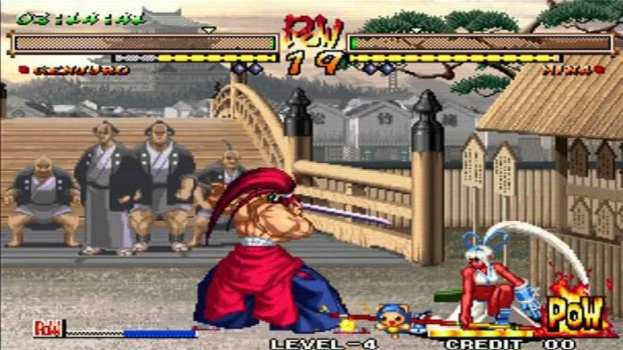
SNK Neo Geo (1990) - Samurai Shodown V Special (2004)
The SNK Neo Geo was the most powerful home console available when it launched in 1990. Featuring a 24-bit processor, as opposed to the 16-bit processors of all of its competition, the Neo Geo was capable of arcade-like quality. However, it launched at $649 (close to $1200 in today's market), and its high price kept it from taking off. As time went on, the console gained a bit of a cult following. The final game officially developed for the console was fighting game, Samurai Shodown V Special, developed and released in 2004.
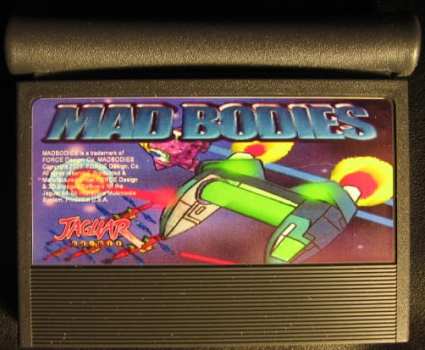
Atari Jaguar (1993) - Mad Bodies (2009)
The Atari Jaguar was the sixth and last console to be developed by Atari. Like many of its predecessors, the Jaguar was criticized for its low-quality game library and difficult-to-use controller. Game development on the console was difficult, and floundering sales offered even less of an incentive for developers to attempt to navigate the architecture. The Jaguar was discontinued in 1996, less than three years after its launch. However, a team of developers, Force Design, began working on a game for the now defunct console six years after it was discontinued. Mad Bodies is a top-down shoot 'em up game that was a labor of love for the small studio.
Twinfinite is supported by our audience. When you purchase through links on our site, we may earn a small affiliate commission. Learn more about our Affiliate Policy

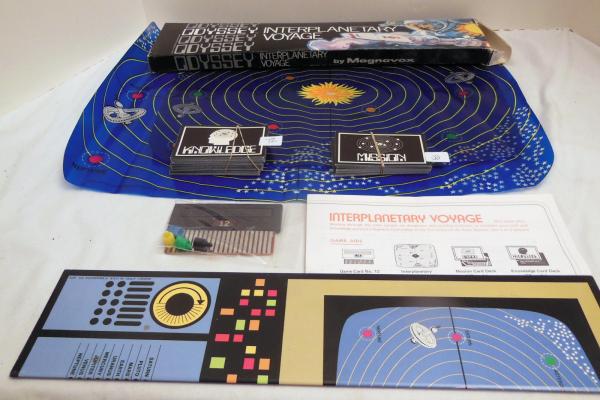



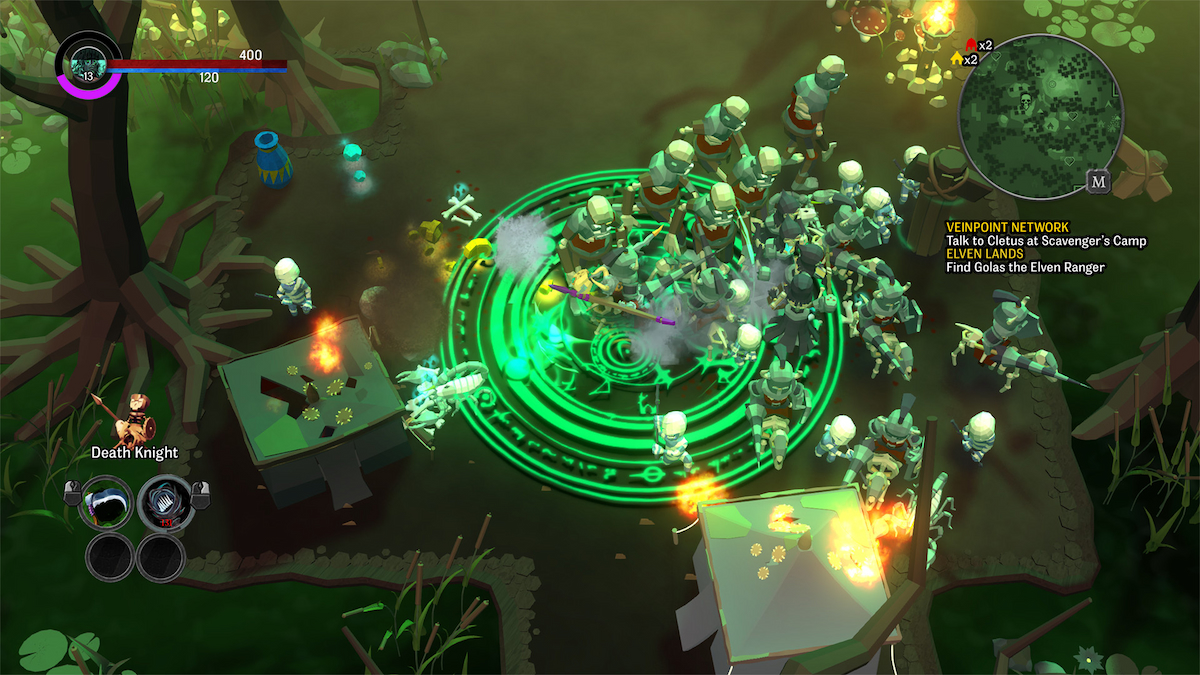



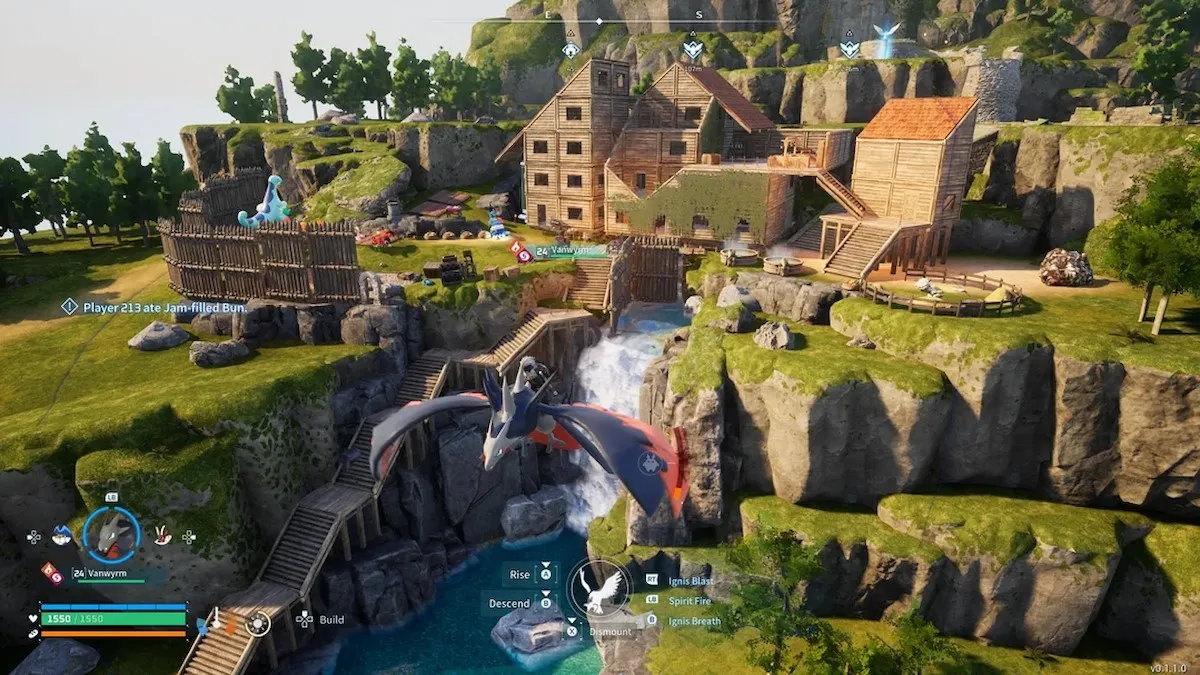


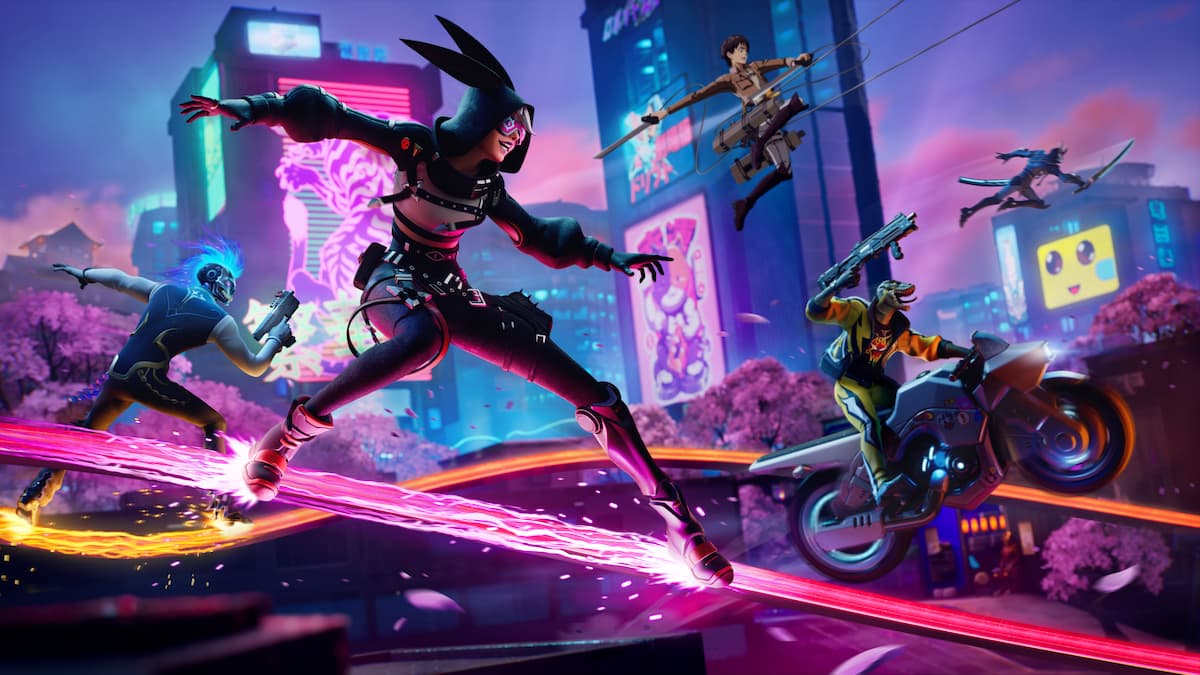
Updated: May 1, 2016 10:21 pm